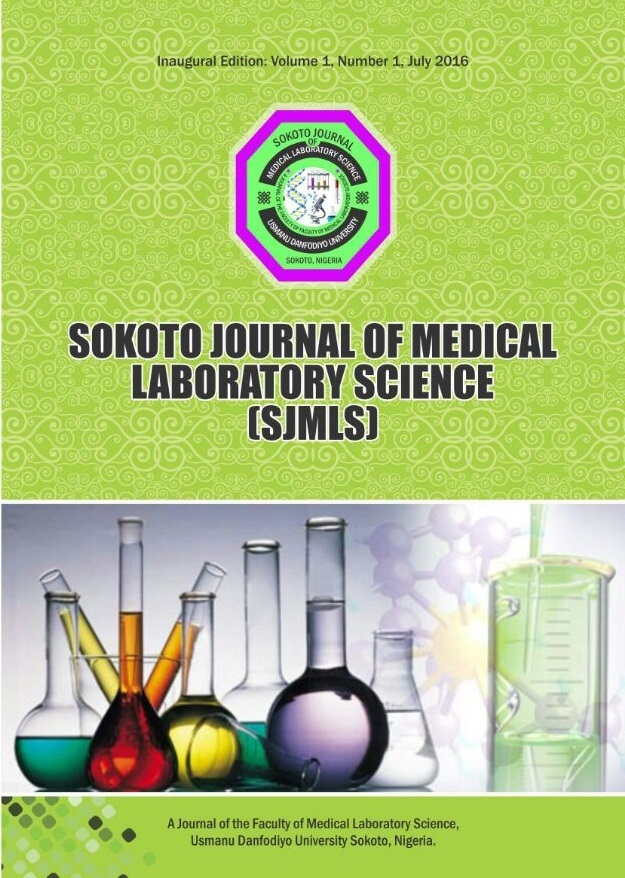Effectiveness of Insecticide Treated Nets in the Control of Malaria in Tudun Wada, Kano State. Aliyu, I.A.1 and Yayo, A.M. 2*.
Keywords:
Malaria parasite, LLINs, Mosquitoes, Anopheles.Abstract
Malaria is a major public health problem in Nigeria. Current WHO initiative on malaria control, such as roll back malaria (RBM), emphasizes the use of insecticide- treated net (ITNs), as one of the key strategies for malaria prevention and control. This study was conducted to determine the efficacy of long lasting insecticide- treated nets (LLINs) in the control and prevention of malaria. The assessment was based on differences in malaria incidence, parasite density, and indoor resting densities (IRD) of vector, between the intervention (people using LLINs) and control (not using LLINs) groups. Subjects were given LLINs few months prior to the survey, mosquitoes were collected fortnightly using pyrethroid spray sheet collection method at 4:00-6:00am each day for the period of 6 month. Blood samples were taken for microscopy. The entomological result shows that out of a total of 2386 indoor resting mosquito collected, only 329 were Anopheles. Out of which 88 (7.5%) were collected from intervention group, while 241(19.9%) from control group. The differences in malaria vector density between the two groups were significant (p ≤ 0.05). A total of 966 slides were examined by Giemsa staining technique. The result of malaria parasite shows 7.2% (17) prevalence of malaria in intervention group, and 15.4% (38) in control group. The result suggested that, the LLINs were effective in malaria control and prevention in the study area. However, the LLINs did not significantly lower the IRD of mosquito. It is recommended that the net impregnation (treatment) protocol be reviewed, and that, people should actively be involved in malaria control, by observing good environmental hygiene. There is also the need for people to be enlightened on personal protection against mosquito bite.




